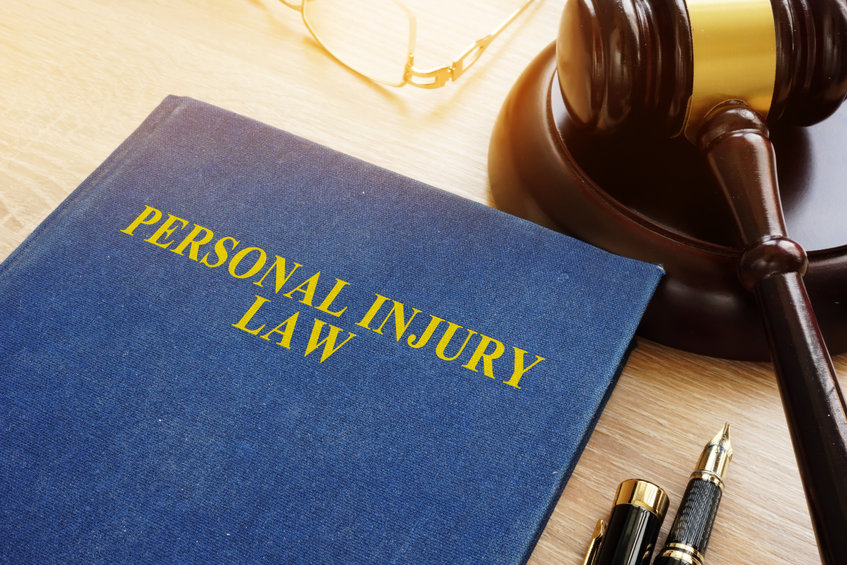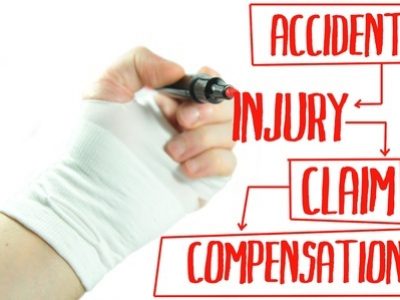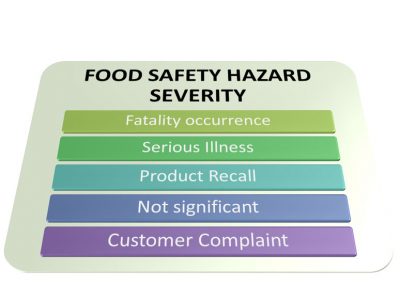

Personal Injury Terms for Understanding Your Personal Injury Claim
If you have been injured in an accident or by other circumstance because of the fault of another, you may be able to recover damages through a personal injury settlement. We understand that some of the terms used in personal injury law are not part of regular conversation. Read on to learn some basic personal injury terms that may help you better understand your personal injury claim.
Personal Injury Terms for Understanding Your Personal Injury Claim
Here are some useful terms for understanding your personal injury claim:
Personal injury: Personal injury is a legal term used to describe an injury to the body, mind, or emotions, rather than an injury to property.
Personal injury law (also known as tort law): Personal injury laws exist in every state to allow an injured person to be compensated financially or “made whole” from the harm they suffered because of another’s negligent or intentional conduct.
Plaintiff-side personal injury lawyer: Plaintiff-side personal injury attorneys bring lawsuits against individuals and businesses on behalf of an injured party. They have experience with insurance industry tactics and have a network of accident reconstruction specialists and medical experts who can testify on behalf of their clients should the case go to trial.
Personal injury claim: A formal request sent to an insurance company asking for benefits.
Personal injury lawsuit: A personal injury lawsuit is a type of tort lawsuit in which the person bringing the suit has suffered harm to the body or mind.
Plaintiff: The injured person who brings a lawsuit.
Defendant: The person sued by a plaintiff for their alleged role in the plaintiff’s injury.
Tort liability: A person (tortfeasor) who is found to be “liable” or responsible for a person’s injuries will likely be required to pay damages for the harm they caused the victim. There are three main types of tort liability: intentional torts, negligence, and strict liability.
Intentional torts: Intentional torts are wrongful acts done on purpose. A common example is assault.
Strict liability: Strict liability is a legal doctrine that holds a party responsible for their actions or products, without the plaintiff having to prove negligence or fault. Strict liability is used in products liability claims involving defective products.
Determining fault: Insurance company adjusters determine fault in a motor vehicle accident after reviewing evidence about the case. Washington is a comparative negligence state, which means that whoever is at fault in the accident is responsible for paying damages. The injured party’s settlement is reduced by the percentage of fault they are assigned.
Duty of care: In tort law, a duty of care is a legal obligation placed on an individual that requires them to act within a standard of reasonable care while performing any acts that could potentially harm others. It is the first element that must be established in an action of negligence.
Negligence: Negligence is a failure to exercise the appropriate and/or ethical standard of care expected of an individual under a certain set of circumstances. It is the second element that must be established in an action of negligence.
Causation: Causation requires a plaintiff to show that the defendant’s breach of duty was the cause of the plaintiff’s injury and losses. This is the
Damages: Damages is the money the plaintiff is attempting to recover in the lawsuit. Examples of damages are medical expenses, lost wages, and pain and suffering. It is the fourth and final element that must be established in an action of negligence.
Cause of action: A cause of action in a personal injury case is a set of facts that gives a plaintiff the grounds to pursue monetary compensation for their losses associated with the accident.
Contingency fee basis: When an attorney takes a case on a contingency fee basis, it means that the attorney only gets paid if they either reach a settlement for their client or if their client wins in court. When a favorable outcome is reached, the attorney is compensated through a percentage of the damages award.
Settlement: A sum of money the plaintiff accepts instead of going to trial, usually after negotiation by a personal injury lawyer.
Litigation: The act of bringing a case to court.
Trial: If your personal injury lawsuit doesn’t get settled out of court, your case will go to trial.
Jury: In the context of a personal injury trial, a jury is selected to review the evidence in an injury case and calculate an appropriate award.
Expert witness: An expert witness is a highly skilled or experienced person who is retained to testify in court about what they believe happened in the particular injury case.
Jury award: The jury “calculates” a personal injury award by placing a dollar amount on several areas of loss or suffering.
Seek the help of a personal injury attorney
If you or a loved one was injured because of the negligence of another, contact a personal injury lawyer to discuss your legal rights. Let an experienced accident attorney fight for the full compensation that you deserve. It is not uncommon to receive a settlement from the insurance company that is five to ten times larger with the help of a lawyer. Call the personal injury lawyers at Tario & Associates, P.S. in Bellingham, WA today for a FREE consultation! We have been representing residents of Whatcom County, Skagit County, Island County and Snohomish County since 1979. You will pay nothing up front and no attorney fees at all unless we recover damages for you!




